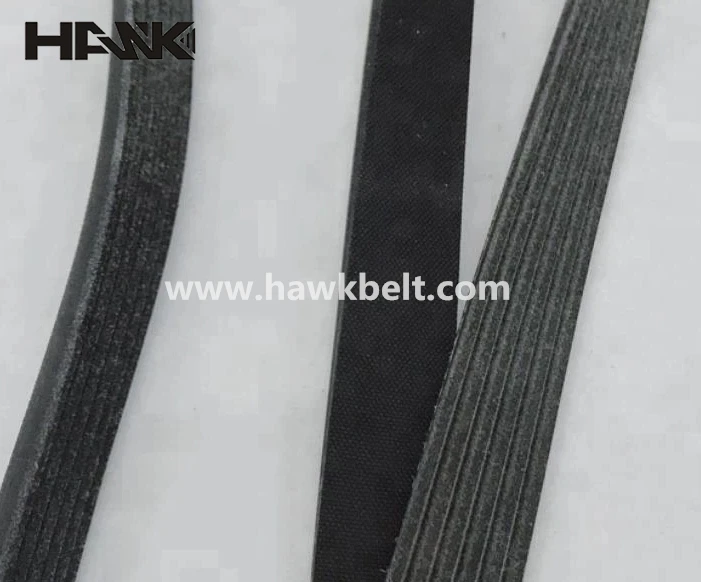- Arabic
- French
- Russian
- Spanish
- Portuguese
- Turkish
- Armenian
- English
- Albanian
- Amharic
- Azerbaijani
- Basque
- Belarusian
- Bengali
- Bosnian
- Bulgarian
- Catalan
- Cebuano
- Corsican
- Croatian
- Czech
- Danish
- Dutch
- Afrikaans
- Esperanto
- Estonian
- Finnish
- Frisian
- Galician
- Georgian
- German
- Greek
- Gujarati
- Haitian Creole
- hausa
- hawaiian
- Hebrew
- Hindi
- Miao
- Hungarian
- Icelandic
- igbo
- Indonesian
- irish
- Italian
- Japanese
- Javanese
- Kannada
- kazakh
- Khmer
- Rwandese
- Korean
- Kurdish
- Kyrgyz
- Lao
- Latin
- Latvian
- Lithuanian
- Luxembourgish
- Macedonian
- Malgashi
- Malay
- Malayalam
- Maltese
- Maori
- Marathi
- Mongolian
- Myanmar
- Nepali
- Norwegian
- Norwegian
- Occitan
- Pashto
- Persian
- Polish
- Punjabi
- Romanian
- Samoan
- Scottish Gaelic
- Serbian
- Sesotho
- Shona
- Sindhi
- Sinhala
- Slovak
- Slovenian
- Somali
- Sundanese
- Swahili
- Swedish
- Tagalog
- Tajik
- Tamil
- Tatar
- Telugu
- Thai
- Turkmen
- Ukrainian
- Urdu
- Uighur
- Uzbek
- Vietnamese
- Welsh
- Bantu
- Yiddish
- Yoruba
- Zulu
nov. . 08, 2024 00:42 Back to list
Timing Belt Replacement Guide for Honda CR-V Maintenance and Best Practices
Timing Belt for Honda CR-V Importance, Maintenance, and Replacement
The Honda CR-V has built a reputation for reliability, comfort, and efficiency, making it one of the top choices in the compact SUV segment. However, like any vehicle, regular maintenance is crucial to keeping your CR-V running smoothly, and one of the most important components to monitor is the timing belt.
What is a Timing Belt?
The timing belt is an essential part of your Honda CR-V’s engine. It is a rubber belt with teeth that synchronizes the rotation of the engine's crankshaft and camshaft(s). This synchronization ensures that the engine's valves open and close at the correct times during each cylinder's intake and exhaust strokes. In essence, a functioning timing belt is vital for the engine's operation.
Importance of the Timing Belt
A well-functioning timing belt is fundamental for the smooth operation of your Honda CR-V. If the timing belt fails, it can lead to catastrophic engine damage. In an interference engine, such as those found in many Honda models, failure of the timing belt can result in the valves colliding with the pistons, causing significant and often costly damage. Therefore, understanding the signs of a failing timing belt and adhering to maintenance schedules is crucial to avoiding potential disasters.
Signs of a Faulty Timing Belt
There are several warning signs that may indicate your timing belt is nearing the end of its lifespan
2. Engine Misfiring A malfunctioning timing belt can cause the engine’s timing to become misaligned, resulting in poor performance and misfiring.
timing belt for honda crv

3. Oil Leaks If you notice oil leaking from the front of the engine, it may be a sign that the timing belt cover has been compromised.
4. Visual Wear If you have access to the timing belt, inspect it for visible signs of wear, such as cracks, fraying, or missing teeth.
5. Check Engine Light While a check engine light can be triggered by various issues, it’s always wise to have it checked if it appears, especially if accompanied by any of the above symptoms.
Maintenance Recommendations
To keep your Honda CR-V's timing belt in good condition, regular maintenance is key. Most Honda CR-V models recommend replacing the timing belt every 60,000 to 100,000 miles, depending on the year and engine type. It's important to consult your owner's manual for the specific recommendations for your vehicle.
Additionally, when replacing the timing belt, it's wise to replace other components that work in conjunction with it, such as the water pump, tensioners, and idlers. This preventative measure can save time and money in the long run, as many of these components are located in the same area and labor costs can be significant.
DIY vs. Professional Replacement
Replacing a timing belt can be a complicated task, often requiring specialized tools and a good understanding of engine mechanics. While some experienced DIYers may feel confident undertaking this project, it's often best left to professionals, especially if you are unfamiliar with engine repairs. A professional mechanic can ensure that the timing belt replacement is done correctly, minimizing the risk of issues down the line.
Conclusion
The timing belt plays a critical role in the function of the Honda CR-V’s engine. Understanding its importance, recognizing the signs of wear, and adhering to a regular maintenance schedule are essential to keeping your vehicle running smoothly. By prioritizing the health of your timing belt, you can ensure a long and prosperous relationship with your Honda CR-V, avoiding the stress and cost associated with more significant engine troubles. Remember, an ounce of prevention is worth a pound of cure when it comes to automotive maintenance.
-
Korean Auto Parts Timing Belt 24312-37500 For Hyundai/Kia
NewsMar.07,2025
-
7PK2300 90916-T2024 RIBBED BELT POLY V BELT PK BELT
NewsMar.07,2025
-
Chinese Auto Belt Factory 310-2M-22 For BMW/Mercedes-Benz
NewsMar.07,2025
-
Chinese Auto Belt Factory 310-2M-22 For BMW/Mercedes-Benz
NewsMar.07,2025
-
90916-02660 PK Belt 6PK1680 For Toyota
NewsMar.07,2025
-
drive belt serpentine belt
NewsMar.07,2025

